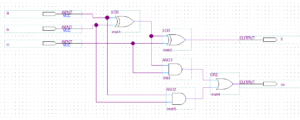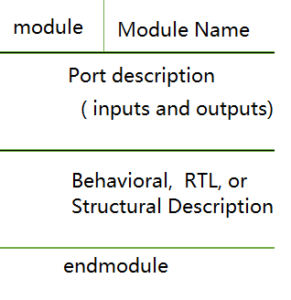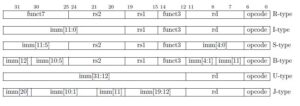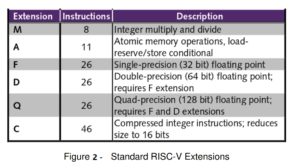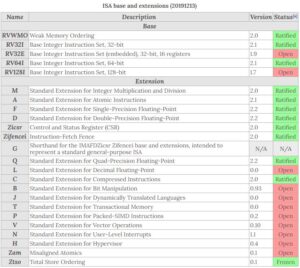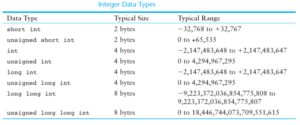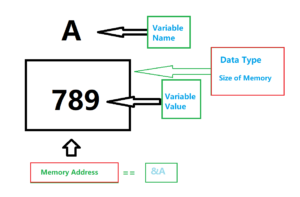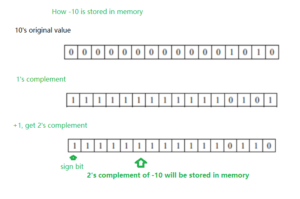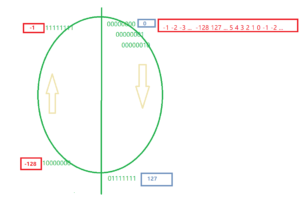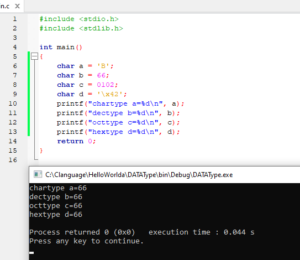In the previous class, we introduced the entrance and behavioral description of logic circuits in Verilog. The syntax rules are very simple, essentially a textual…
Verilog Introduction Verilog Modules and ports Comment Statement and File Header Writing Verilog Module Instantiation and Simple Hierarchical Circuit Design. The use of bidirectional ports…
A module is the most basic syntax structure in the Verilog language. It can not only describe logical behavior within the module, but also serves…
This article will continue to introduce the remaining integer register-immediate instructions in the I-type (here it is the shift instruction). Figure 1 shows a shift…
This article will start with the I-Type integer register instructions and provide a detailed introduction to each assembly instruction and its specific implementation. I-type Integer…
Verilog HDL is a hardware description language (HDL) that uses text to describe the structure and behavior of digital system hardware. It can be used…
1.RISC-V Introduction the Origin of RISC-V, and the Features of RISC-V RISC-V Instruction Set Architecture Features and Classification RISC-V Instruction Set Encoding Structure, Features and…
1.RISC-V Instruction Set Explanation RISC-V is an open and free instruction set architecture widely used in processors and embedded systems. The RISC-V instruction set follows…
1. Instruction Set Encoding This article will continue the introduction of RISC-V and introduce the encoding structure of the RISC-V instruction set, as well as…
1.RISC-V Instruction Set Architecture Features The RISC-V instruction set has standard 32-bit architecture as well as 64-bit and 128-bit architectures. The general-purpose registers in the…
RISC-V is an open-source instruction set architecture (ISA) that was originally developed at the University of California, Berkeley in 2010. The project was led by…
1. Sign-magnitude Sign-magnitude is a binary fixed-point representation method for numbers in computers. To perform calculations, computers must store numerical values. The simplest way is…
Each data type in a computer is stored in binary form because that is the only language that a computer can understand. Other languages such…
1. Integers In computer programming, an integer is a data type that represents a whole number. For example, 0, -5, 10. This means that an…
1. Memory In C programming, memory is an essential component that is used to store and manipulate data during program execution. Memory in C programming…
Integers are typically stored in memory using a fixed number of bits, depending on the size of the integer. For example, a 32-bit integer can…
1.What is Character Data Type ? In C programming, the character data type is a primitive data type used to store a single character. The…
1. Character Literal A character literal is a single character enclosed in English single quotes (”). When using character literals, the following should be noted:…
Literals in C Programming refer to values that are directly specified in the code, rather than being stored in variables or calculated at runtime. Examples…
Computer uses special mechanism to store negative numbers which is 2’s complement format. Before going to that, let’s have a look on 1’s complement of a number. 1’s…
